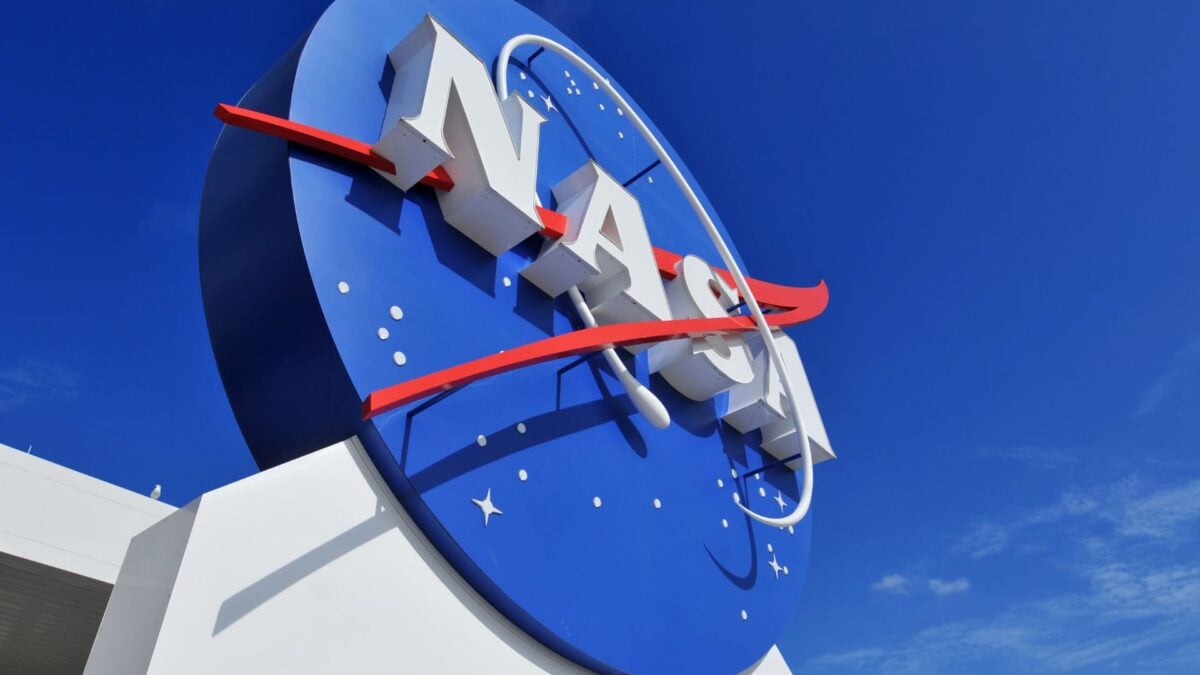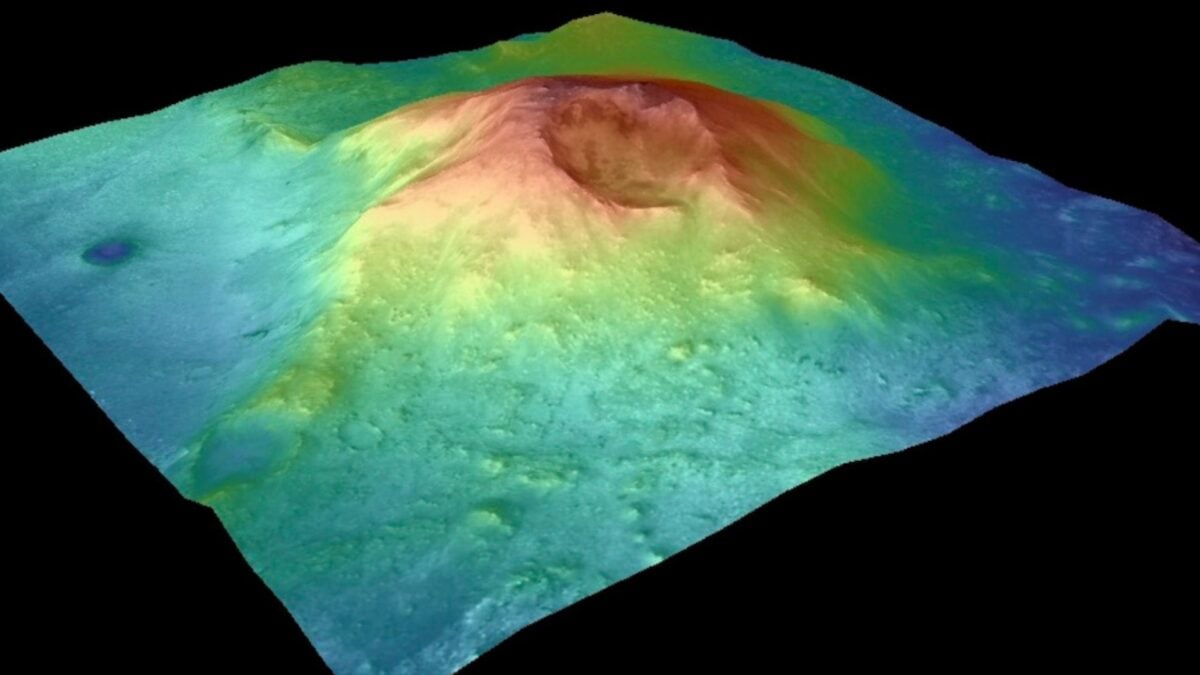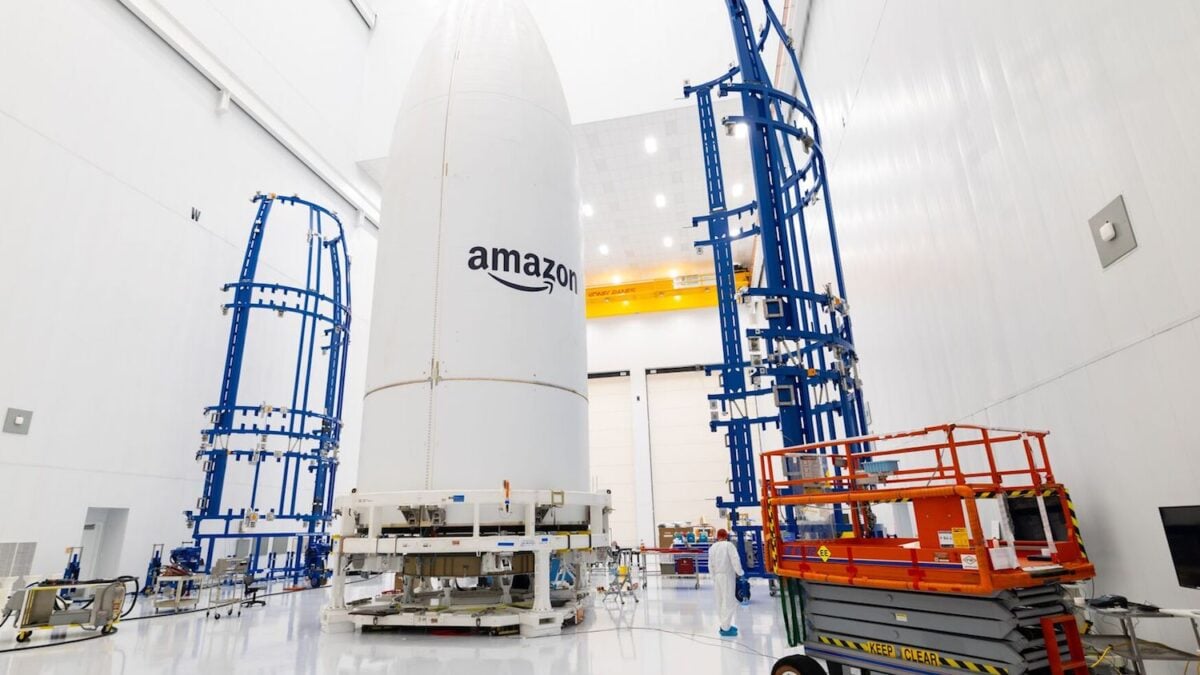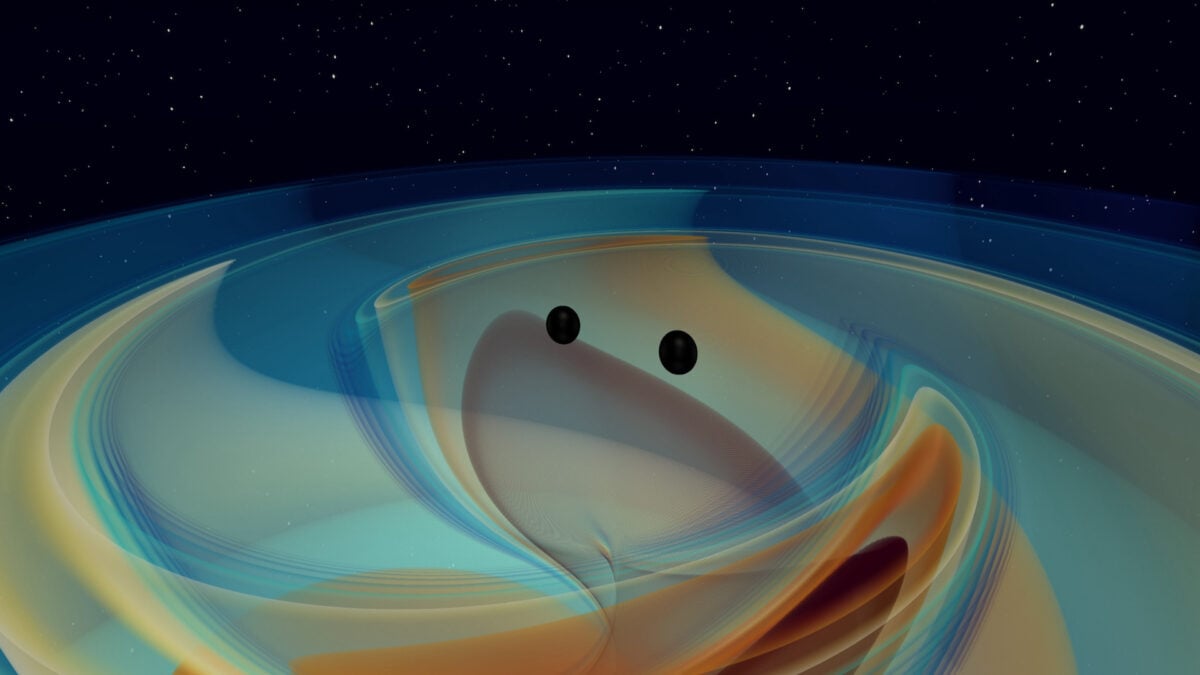NASA has reported a slight increase in the probability of asteroid 2024 YR4, a space rock roughly the size of a 10-story building, striking the Moon in 2032. According to a June 5 announcement, the chance of a lunar impact now stands at 4.3%, up from a previous estimate of 3.8%. This revised calculation follows new observations from the James Webb Space Telescope (JWST), refining the asteroid’s orbital path.
From Earth Threat to Lunar Monitoring
Asteroid 2024 YR4 garnered significant attention earlier this year when initial projections suggested a potential collision course with Earth. However, as scientists accumulated more observational data, they conclusively determined that this particular asteroid poses no threat to our planet. The focus has since shifted to a remaining, albeit small, possibility of an impact with the Moon. NASA’s announcement emphasized that “As data comes in, it is normal for the impact probability to evolve.”
JWST Observations Sharpen Asteroid’s Trajectory
Discovered in December 2024 by the Asteroid Terrestrial-impact Last Alert System (ATLAS) in Chile, 2024 YR4 was quickly flagged by NASA as a potentially hazardous object. Initial calculations indicated a roughly 1% chance of an Earth impact on December 22, 2032. These odds briefly climbed to nearly 3% before being revised down to zero by late February as more data became available.
At its discovery, 2024 YR4 was approximately 515,116 miles (829,000 kilometers) from Earth. It has since moved further away, and by mid-April, it was too distant for ground-based telescopes. While it won’t make another close approach to Earth until June 2028, the superior infrared capabilities of the James Webb Space Telescope allowed researchers, led by planetary astronomer Andy Rivkin of the Johns Hopkins Applied Physics Laboratory, to continue observing it. Their final observation in May, before the asteroid disappeared behind the Sun, improved the prediction of its 2032 position by 20%.
Assessing the Potential Lunar Impact of 2024 YR4
Despite the increased percentage, the odds of 2024 YR4 colliding with the Moon remain relatively low. NASA has stated that even if such an impact were to occur, it would not alter the Moon’s orbit. Observations from JWST have also helped scientists refine the asteroid’s size, estimating it to be between 174 to 220 feet (53 to 67 meters) wide. For an asteroid, this is comparatively small, and a direct hit would likely result in little more than a new crater on the lunar surface.
A Scientific Boon: Learning from a Potential Impact
While a lunar impact by 2024 YR4 would not be catastrophic, it presents a significant scientific opportunity. Should the asteroid strike the Earth-facing side of the Moon, it would offer scientists a rare chance to observe a crater being formed in real-time. Furthermore, the process of discovering, tracking, and assessing the risk of 2024 YR4 has provided valuable practice for planetary defense strategies, which could be crucial for mitigating future, more substantial threats to Earth.
NASA is already planning for the asteroid’s return approach in 2028. Further observations using both ground-based telescopes and the JWST will aim to gather more detailed information about 2024 YR4’s shape and composition. These characteristics are vital for understanding its behavior and potential impact effects. For now, the scientific community will continue to monitor this intriguing space traveler.











